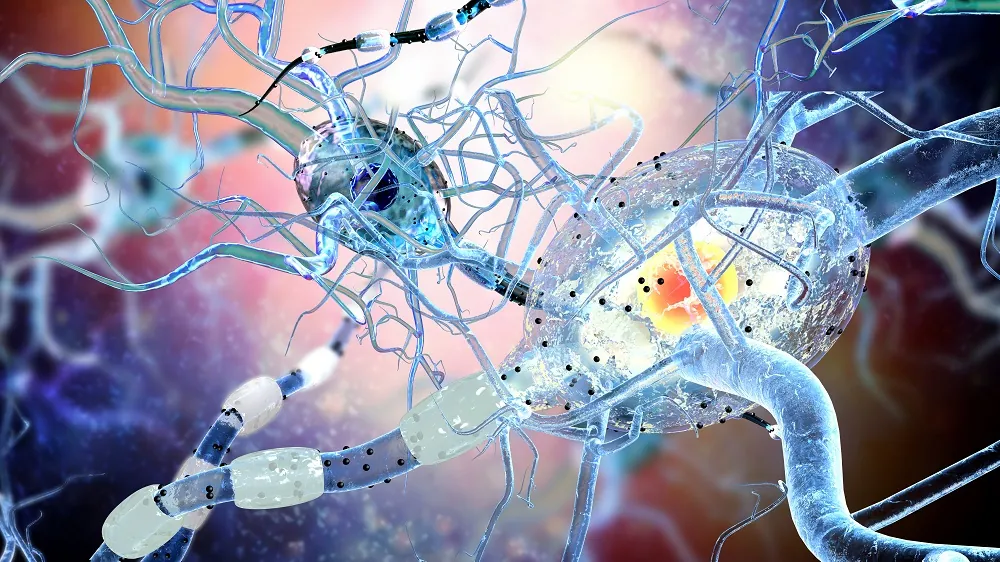Miniature organoids are being implanted into animals. Humans are next.
By Jessica Hamzelou – MIT Technology Review
To the naked eye, organoids aren’t much to look at. They’re basically tiny blobs. Closer inspection reveals their true complexity: these lab-grown balls of cells can resemble miniature organs. So far, organoids have mostly been used for research. But teams have started transplanting them into animals with the hope of curing disease. Humans are next—albeit some way off. Let’s say in 10 years … maybe.
The best known of these organoids are probably minibrains—clumps of neurons that are meant to mimic the way cells fire in a full-grown brain to a very limited extent. Debates have raged over whether these tiny blobs could ever be conscious, feel pain, or think—and over whether they should be called “minibrains” at all, given how far removed they are from a fully developed human brain.




